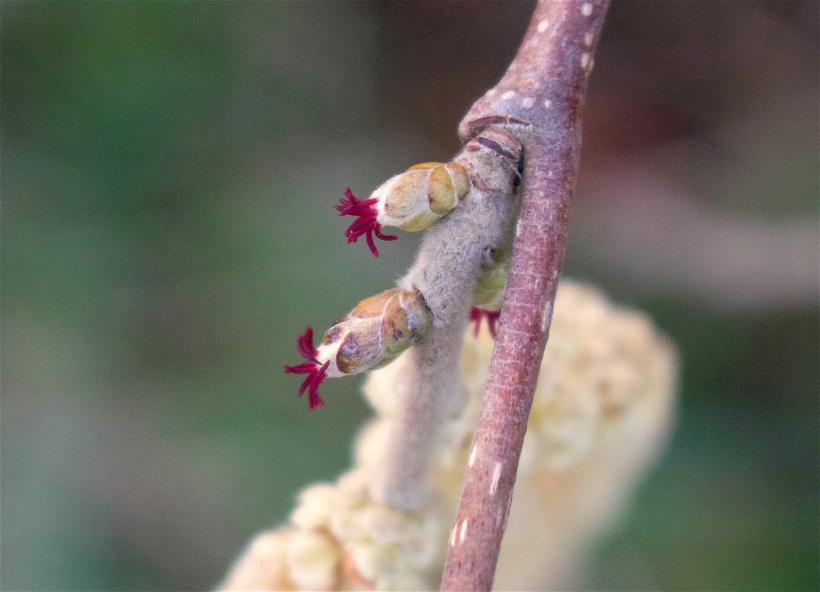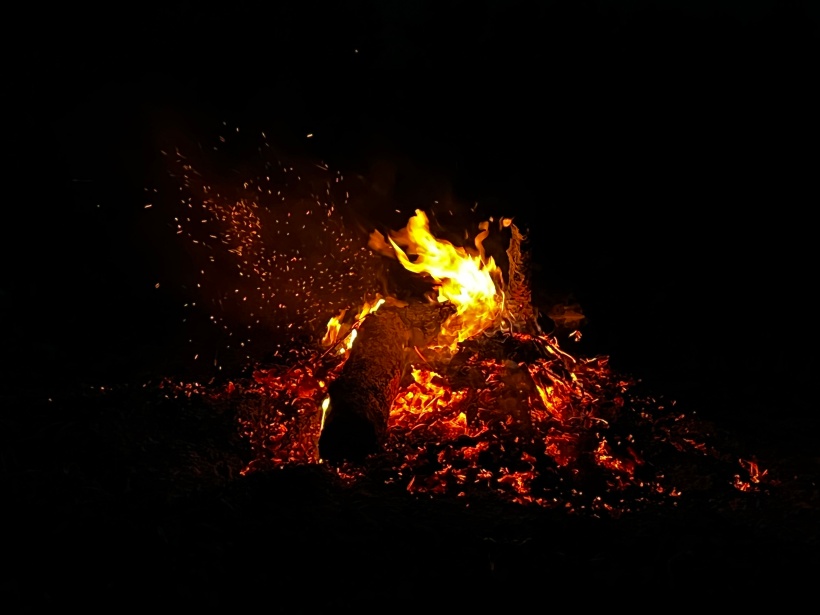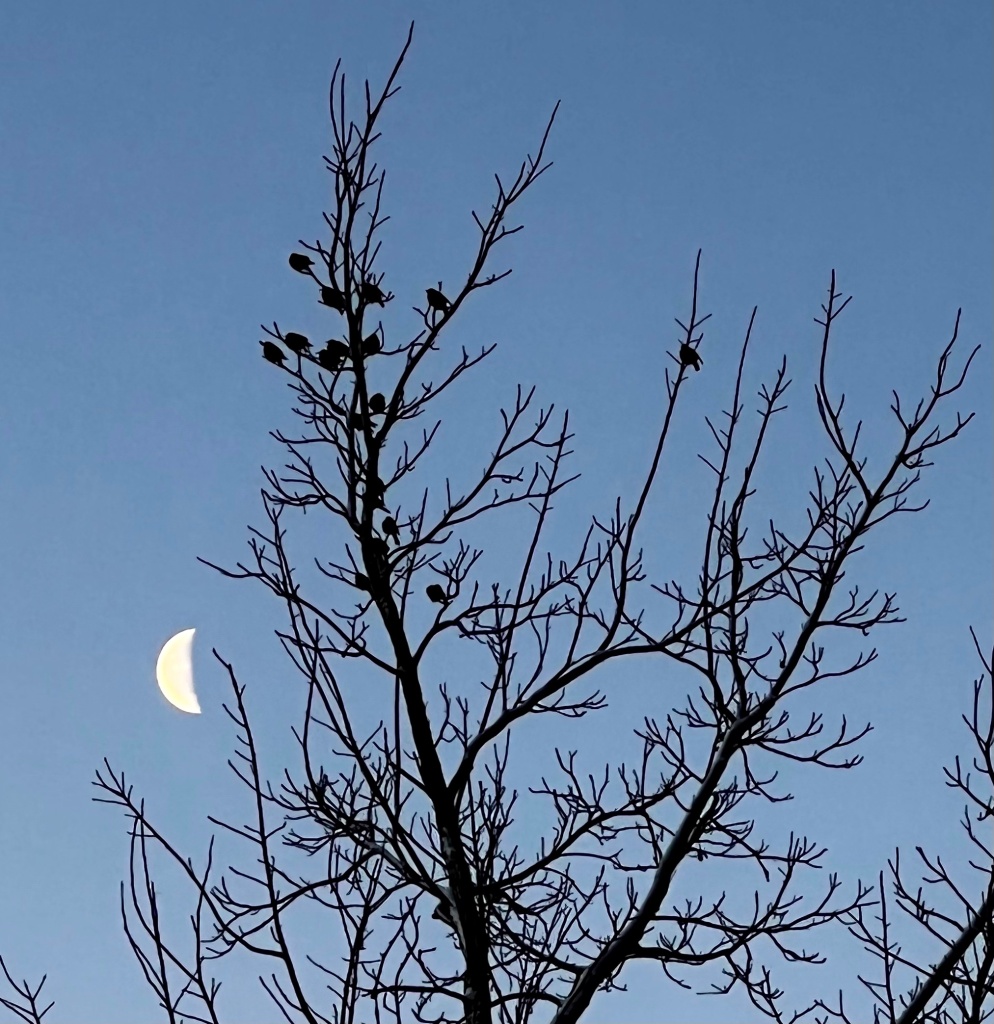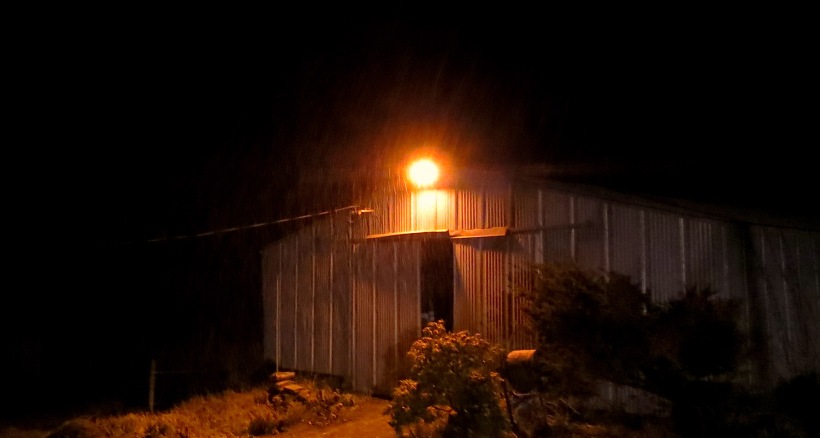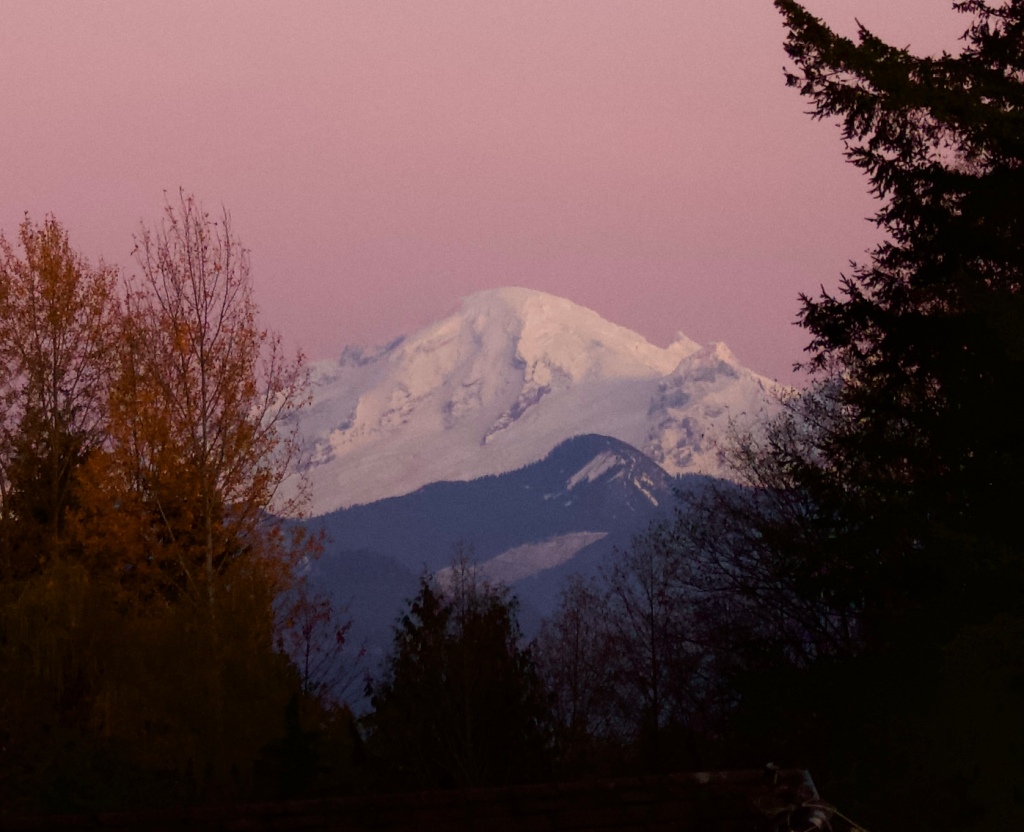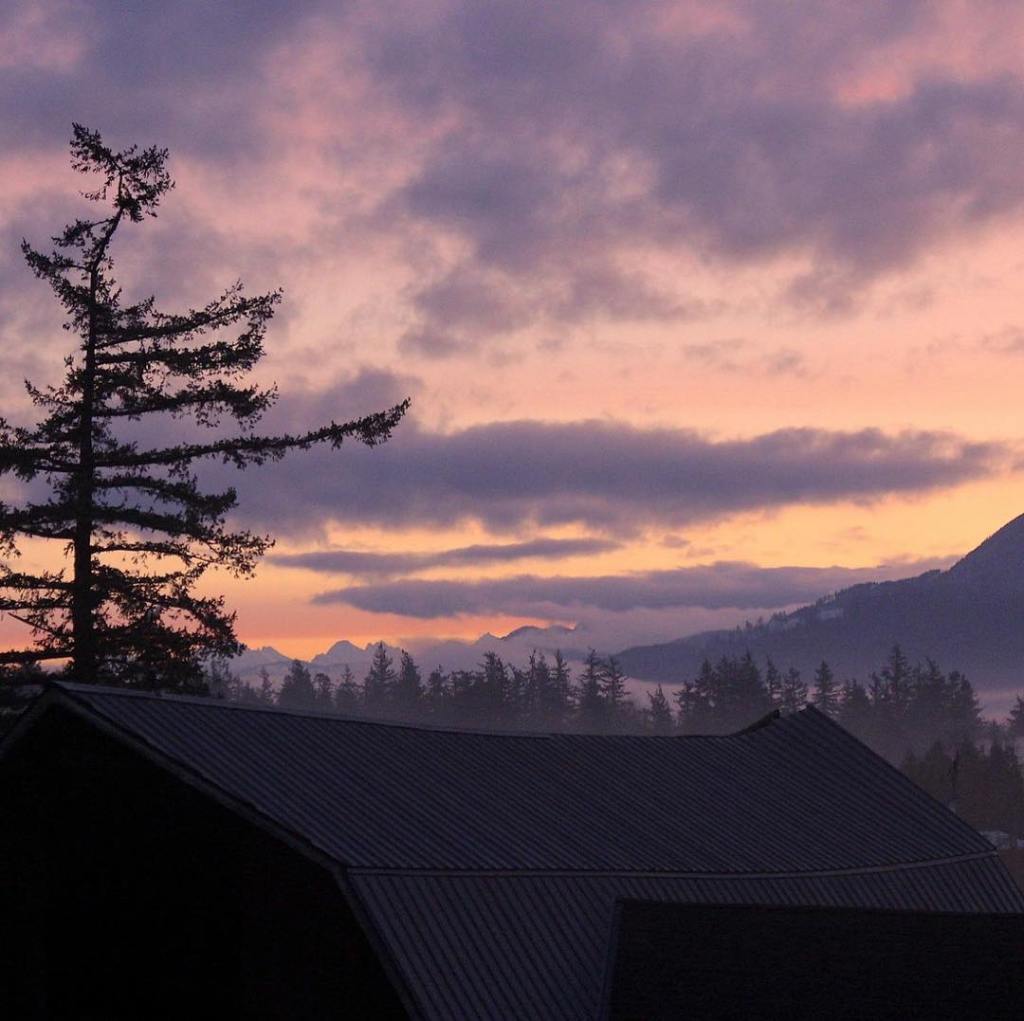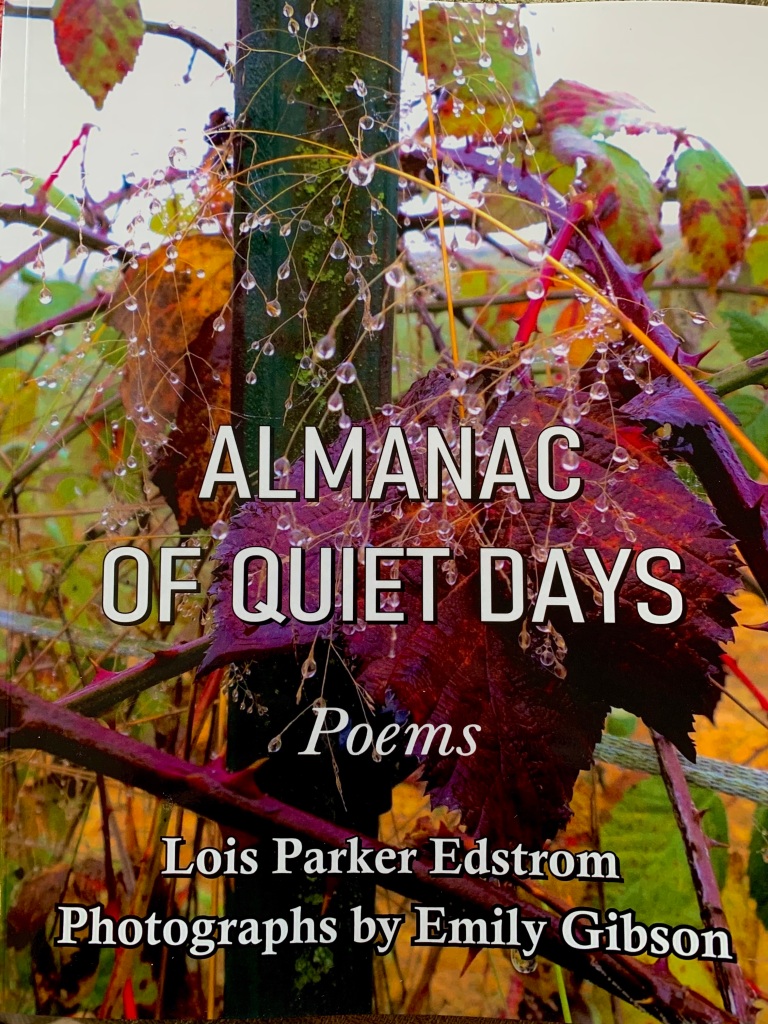

Sometimes when you’re in a dark place
you think you’ve been buried,
but actually you’ve been planted.
~Christine Caine


I love a wild daffodil,
the one that grows
where she’s planted—
along a wooded highway
left to her own abandon,
but not abandoned.
Her big yellow head
leaning toward or away
from the sun. Not excluded
but exclusive, her trumpet
heralds no one, not even
the Canada geese—
their long-necked honks
announcing their journey.
She’ll be here less
than a season, grace us
with green slender stems,
strong enough to withstand
rain and spring’s early chill.
And when she goes,
what remains she’ll bury
deep inside the bulb of her,
take a part of me with her
until she returns.
~January Gill O’Neil, “For Ella” from Rewilding





Our farm was homesteaded by the Lawrence family over one hundred years ago — soon afterward, someone decided to bury daffodil bulbs scattered around the yard. All these decades later, dozens of faithful heralds of spring still come up as the sun and extra hours of light call them forth. Some years they bloom in February, but most typically they wait for a more predictable welcome from the weather in March.
They are very tender, easily injured by a strong wind or late snowfall – mostly an old antique variety of fluffy double blooms, but some traditional trumpet blossoms still come up called forth by the trumpeting of the geese and swans passing over far above them.
For me, their blooming with abandon is inspiration in faithfulness and persistence, especially because of the 44 weeks per year they remain silent and buried out of sight. I have a general sense where they will appear each February, but am still surprised and impressed when they do push up through the ground. I walk around them carefully, knowing I could crush them with one firm inadvertent boot step if I am not cautious.
Once the daffodils are blooming, they encourage my hope and a promise of the spring just ahead. When the blooms wither and fade, the green spiky stems must gather the strength the bulb needs for another cycle of dormancy, so I mow around them to allow as much time as needed to replenish before disappearing underground again.
I still don’t understand how these gentle blooms somehow manage to pull me down with them into the bulb, waiting my turn alongside them while buried deep in the dark. Perhaps it is because God plants each one of us here in His holy ground, to await the ultimate wakening that calls us forth to bloom everlasting.






Make a one-time or recurring donation to support daily Barnstorming posts
Make a monthly donation
Make a yearly donation
Choose an amount
Or enter a custom amount
Your contribution is deeply appreciated.
Your contribution is appreciated.
Your contribution is appreciated.
DonateDonate monthlyDonate yearly
















